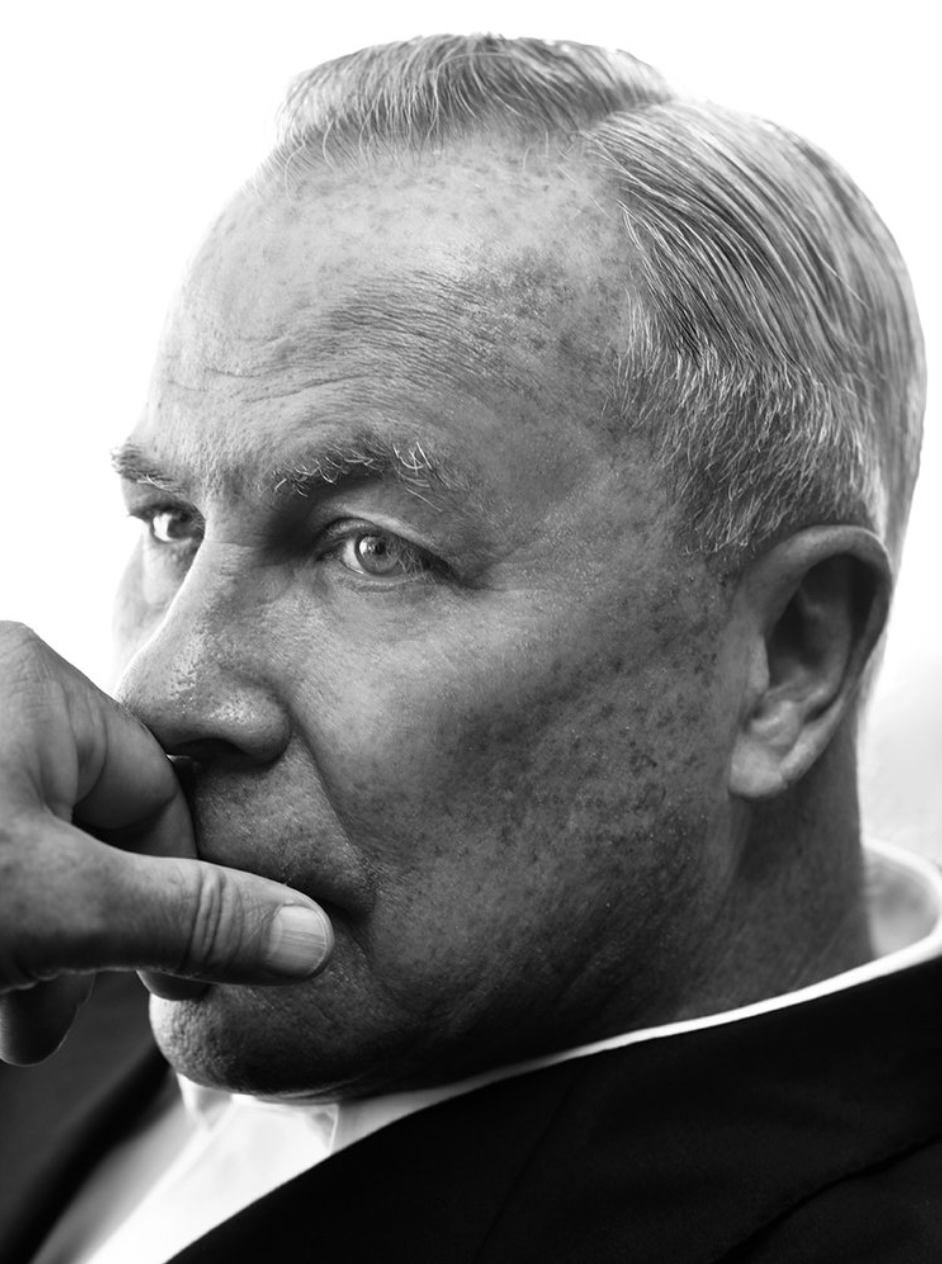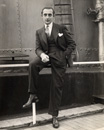People in the News
Visionary Director Robert Wilson Has Died
 Robert Wilson, the pioneering American director, designer, and one-off theatrical visionary whose original fusion of visual art, sound, and movement have reshaped ideas of contemporary performance for over five decades, has died at the age of 83.
Robert Wilson, the pioneering American director, designer, and one-off theatrical visionary whose original fusion of visual art, sound, and movement have reshaped ideas of contemporary performance for over five decades, has died at the age of 83.
Wilson was a towering figure—both literally at 6'4'' tall and metaphorically—with a presence as imposing as the theatrical imagery he conjured on stage. Best known for landmark works such as Einstein on the Beach, The CIVIL warS, and The Black Rider, Wilson defied conventional narrative and dramaturgy, shaping productions that were architectural, meditative, and sometimes profoundly enigmatic.
Born in Waco, Texas, on October 4, 1941, Wilson’s upbringing as the gay son of a conservative family was a challenge. “When I was growing up, it was a sin to go to the theater. It was a sin if a woman wore pants. There was a prayer box in school, and if you saw someone sinning you could put their name in the prayer box, and on Fridays everyone would pray for those people whose names were in the prayer box," he told The New York Times in 1998.
He also struggled with a speech disorder as a child, a formative experience that would shape his lifelong interest in silence, gesture, and nonverbal expression. After studying business at the University of Texas, he moved to New York in the mid-1960s, where he switched to study architecture and design. It was here that his interest in the plasticity of space began to merge with his burgeoning fascination with theatrical performance.
In 1968, Wilson founded the experimental Byrd Hoffman School of Byrds, an interdisciplinary collective that served as an incubator for many of his early projects. The same year saw the debut of The King of Spain, the first of many productions in which light, movement, and time were treated as sculptural elements, equal in importance to text or character.
But it was Einstein on the Beach, his 1976 collaboration with composer Philip Glass, that brought Wilson international recognition. A five-hour opera with no plot and minimal dialogue, it defied operatic conventions and played to sold-out audiences at the Metropolitan Opera House (the Met would not produce the work but allowed Wilson to rent the house on a Sunday when it was otherwise dark). The work remains one of the seminal achievements of 20th-century performance, launching the stage careers of both director and composer.
 Einstein on the Beach, a seminal artistic event, 1976
Einstein on the Beach, a seminal artistic event, 1976
Over the ensuing decades, Wilson’s international reputation grew. He directed operas for La Scala, the Salzburg Festival, and the Paris Opera; staged Shakespeare, Ibsen, and Heiner Müller with equal rigor; and collaborated with artists as diverse as Lou Reed, Tom Waits, Marina Abramovic, and Lady Gaga. Each production bore his unmistakable aesthetic: crisp, painterly tableaux; exacting lighting; precise, stylized, almost ritualistic movement; and an often-glacial pacing that invited deep contemplation.
Wilson’s visual style was equally celebrated in the art world. His drawings, sculptures, and video portraits were exhibited in major galleries worldwide, including at MoMA, the Louvre, and the Guggenheim. In 1992, he founded the Watermill Center on Long Island—a laboratory for performance and cross-disciplinary collaboration that mentored generations of young artists from around the globe.
Although critical opinion was sometimes divided on his work, which could appear austere, slow, or overly cerebral, few questioned Wilson's integrity or singularity of vision. In a cultural climate often driven by instant gratification, Wilson demanded patience—and in return, offered transcendence.
Among his many accolades were a Golden Lion for Lifetime Achievement from the Venice Biennale, the Praemium Imperiale, and induction into the American Academy of Arts and Letters. He was also a Chevalier of the Légion d’honneur in France.
Despite global acclaim, Wilson remained indifferent to celebrity and held true to his vision. “I don’t think in terms of theatre, I think in terms of light and structure,” he once said. “My work is about seeing.”
Wilson died peacefully in Water Mill, New York after a brief but acute illness. “While facing his diagnosis with clear eyes and determination, he still felt compelled to keep working and creating right up until the very end,” his colleagues posted on his website. “His works for the stage, on paper, sculptures and video portraits, as well as The Watermill Center, will endure as Robert Wilson’s artistic legacy.”





 FEATURED JOBS
FEATURED JOBS

 RENT A PHOTO
RENT A PHOTO


